Cryptolaemus Larvae
£34.99
| Quantity | Price | 1 | £34.99 |
|---|---|
| 2+ | £29.99 |
Control mealy bug in your greenhouse or conservatory by introducing Cryptolaemus Larvae AS SOON as you see mealy bug and the temp is 16°C/61°F. Place the Cryptolaemus larvae directly onto the infected plants near the mealy bugs (these larvae are easy to handle) and they will spread out to feed on the mealybug and their eggs. Cryptolaemus Larvae are available in sachets of 50. Cryptolaemus Larvae need a daytime temperature of 16°C and are a living, perishable product, so please order when the temperatures are suitable and the pest is present. Available NOW, but please allow 5-7 days for delivery.
Special Offer – Add a Mealybug Lure and Traps to your order to target the male winged Mealybugs for £11.00 saving £2.99 off the combined price.
Special Offer – Add 250ml of Sb Invigorator natural spray for £9.99 saving £3.00 off the combined price.
Full Description
Mealy Bug is a major pest in conservatories and greenhouses and with more and more ornamental plants being grown in permanent plantings, this allows the pest to flourish and overwinter.
Mealy Bugs are soft bodied, pink / grey in colour and about 5mm long. They are covered with white waxy threads and a waxy covering. Mealy Bugs feed by sucking the sap from the plant, so they will normally be found on the stems or leaf joints although they will attack leaves causing them to yellow. The insect extracts large amounts of sap with the excess sap being excreted as honeydew causing a sticky deposit on the lower leaves. In time, sooty mould grows on the honeydew resulting in an unpleasant mess – see picture right. Mealy Bug Control – Another sure sign of a mealy bug infestation is “white wool” developing on the plant leaves and stems. This is where the eggs are laid. The female is flightless, only the young nymphs are active and search out new feeding sites by crawling from plant to plant. As the nymphs mature they become less active and settle down to feed. The life cycle can take up to 13 weeks at 18°C/66°F. As the adults are flightless the pest must initially be brought in on infected plants and once it established it is very difficult to eradicate. Control mealy bug in your greenhouse or conservatory by introducing Cryptolaemus Larvae AS SOON as you see mealy bug and the temp is 16°C/61°F. Place the Cryptolaemus larvae directly onto the infected plants near the mealy bugs – these larvae are easy to handle.
The Cryptolaemus Larvae (which look very similar to Mealy Bug) feed on the mealy bug before turning into the adult Cryptolaemus ladybirds, which in turn will breed leading to the next generation of Cryptolaemus Larvae. The female cryptolaemus then lays her eggs next to the Mealy bug eggs in the “white wool” egg pouches and the whole process is repeated. All stages of the Cryptolaemus eat Mealy Bugs and their eggs. Unlike the Mealy Bug the Cryptolaemus can fly and in very efficient in searching out the Mealy bugs. Cryptolaemus requires both heat and light, so introduce them when the temperature is 16°C/61°F and use artificial light if it is early in the season. If mealybug is present and the temperature is below 16°C, control the mealy bug with SB Invigorator until the temperatures are high enough. How many Cryptolaemus Larvae do you need :-
- For a small greenhouse where the mealy bug have just appeared – use 1 introduction of 50 Cryptolaemus Larvae.
- For larger greenhouses or where Mealy Bug numbers are higher – use more Cryptolaemus Larvae.
- If the infestation is very heavy, spray with SB Invigorator 1st and then introduce Cryptolaemus – see our Emergency Pest Pack (SB Invigorator followed by Cryptolaemus Larvae).
N.B. Cryptolaemus Larvae are very sensitive to chemical sprays, so if you have recently used a chemical spray i.e. within the last 2-3 weeks, please contact us (jon@greengardener.co.uk) to check how soon Cryptolaemus Larvae can be introduced?

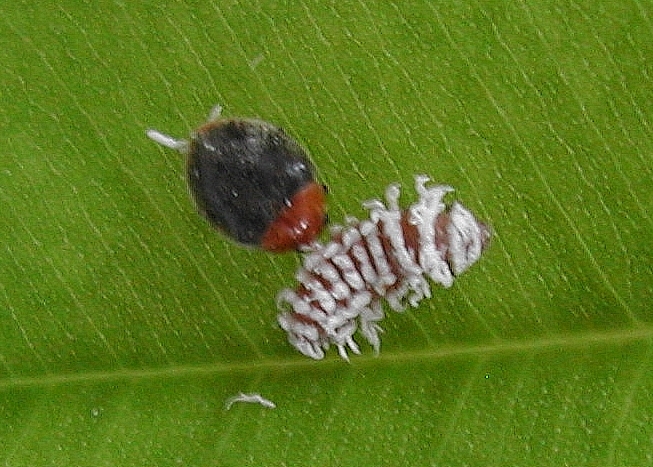
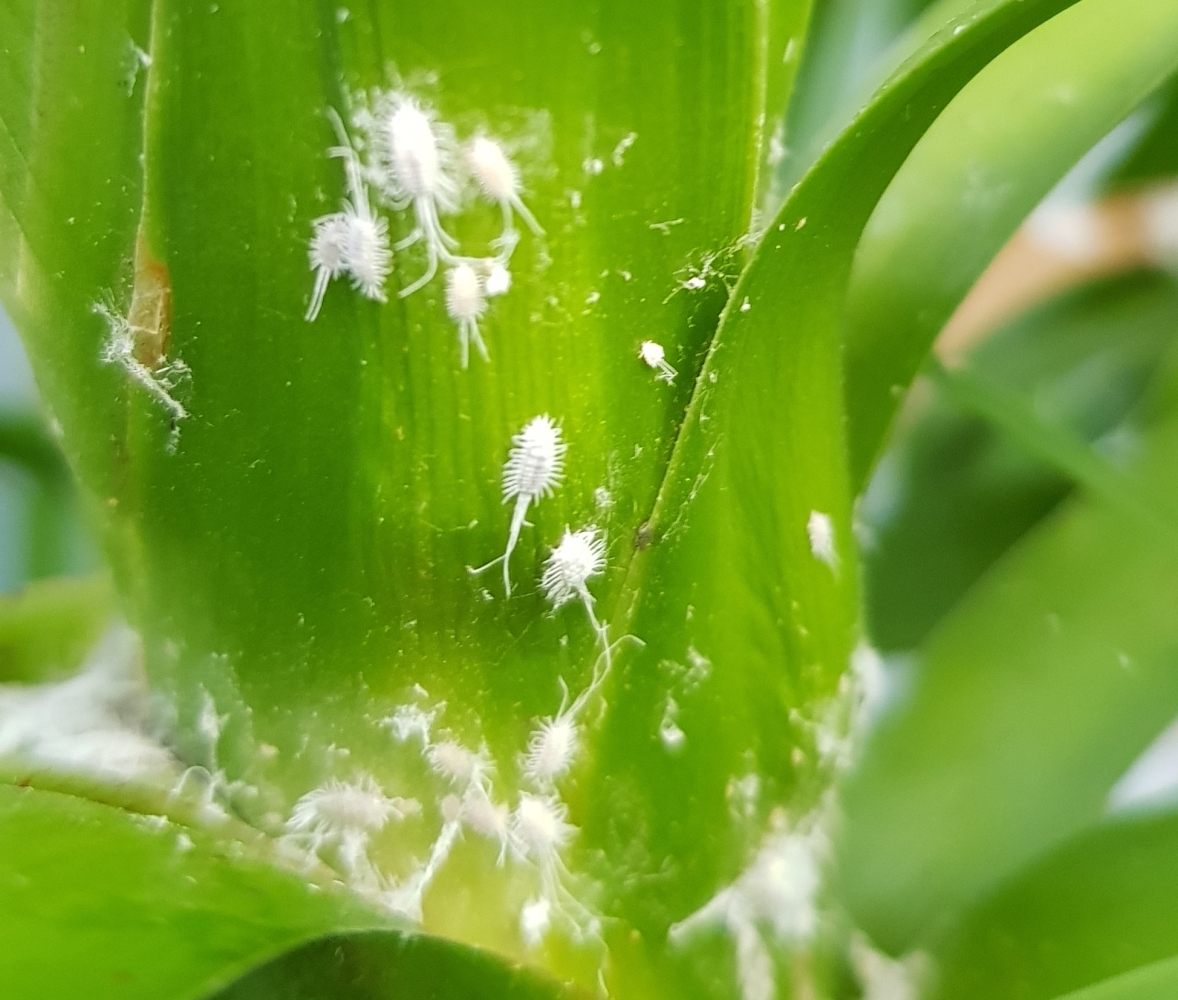
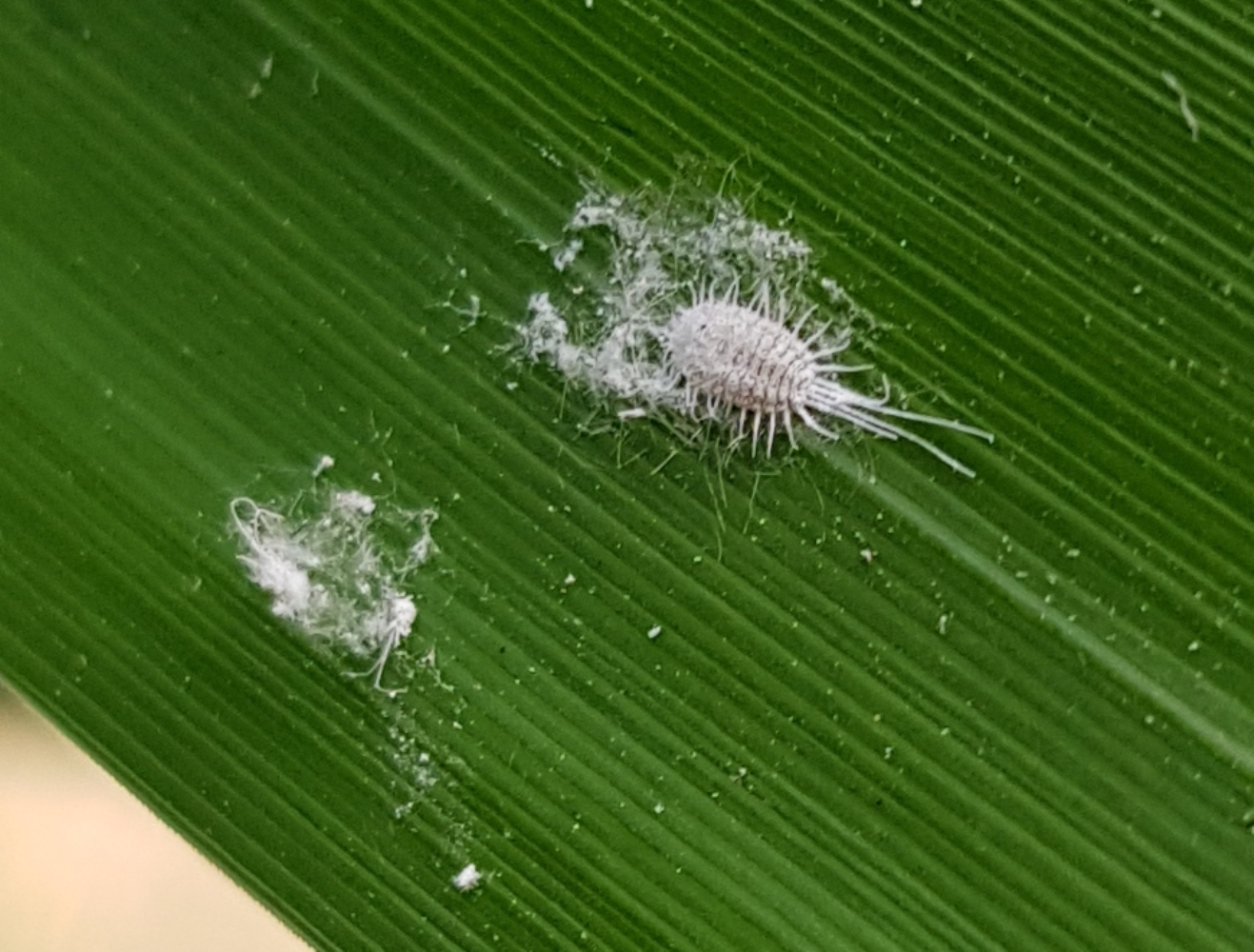

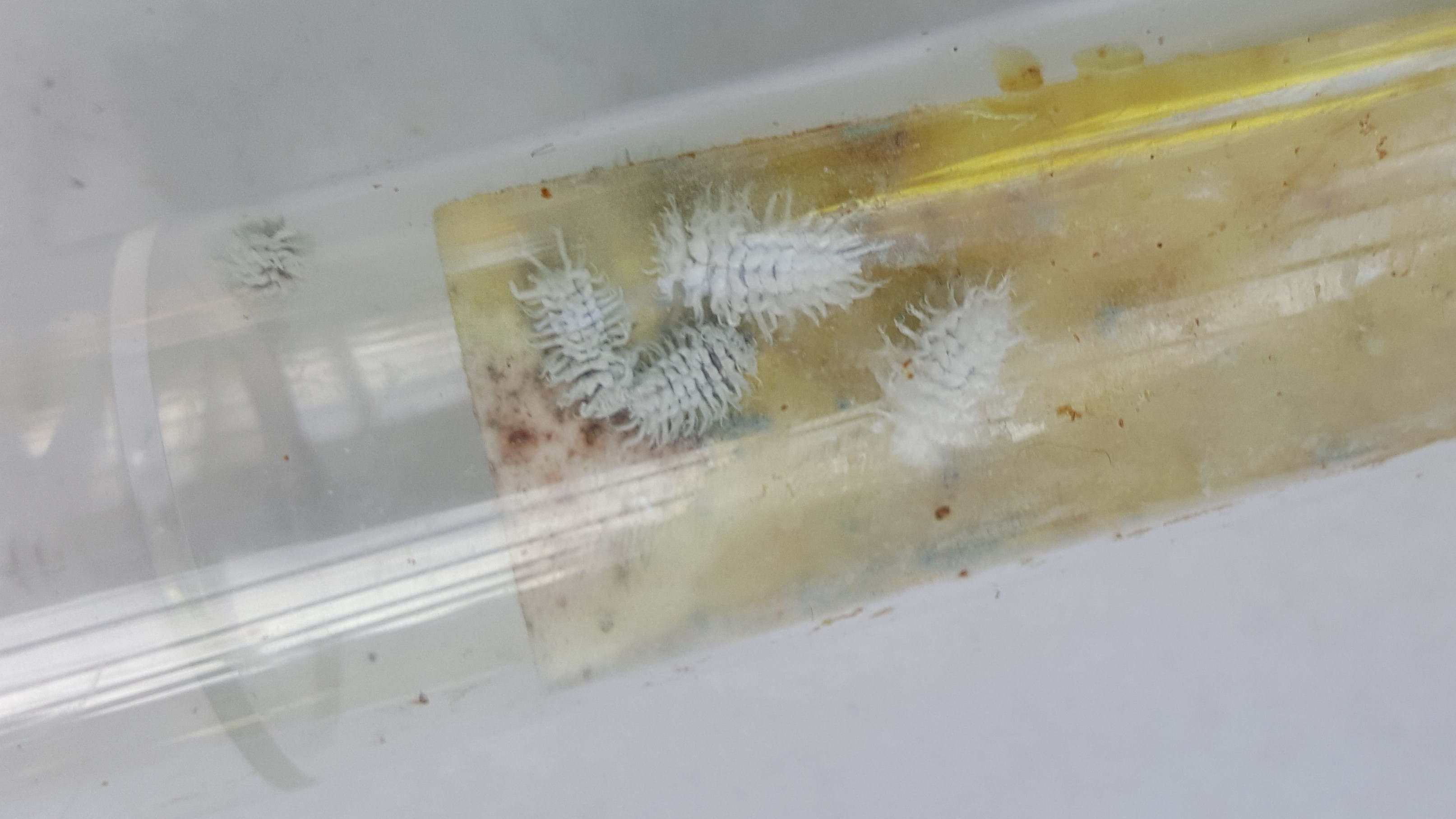
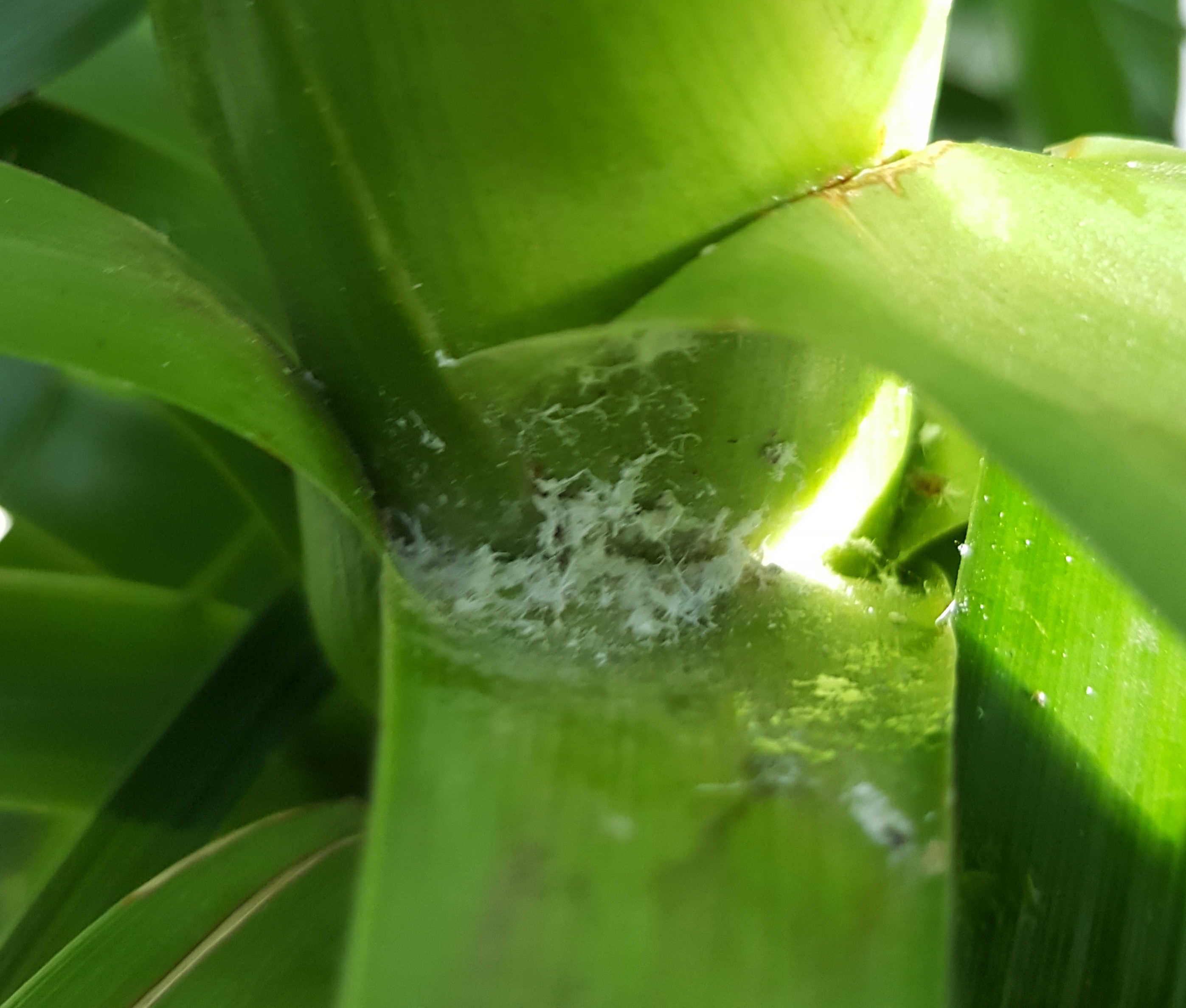
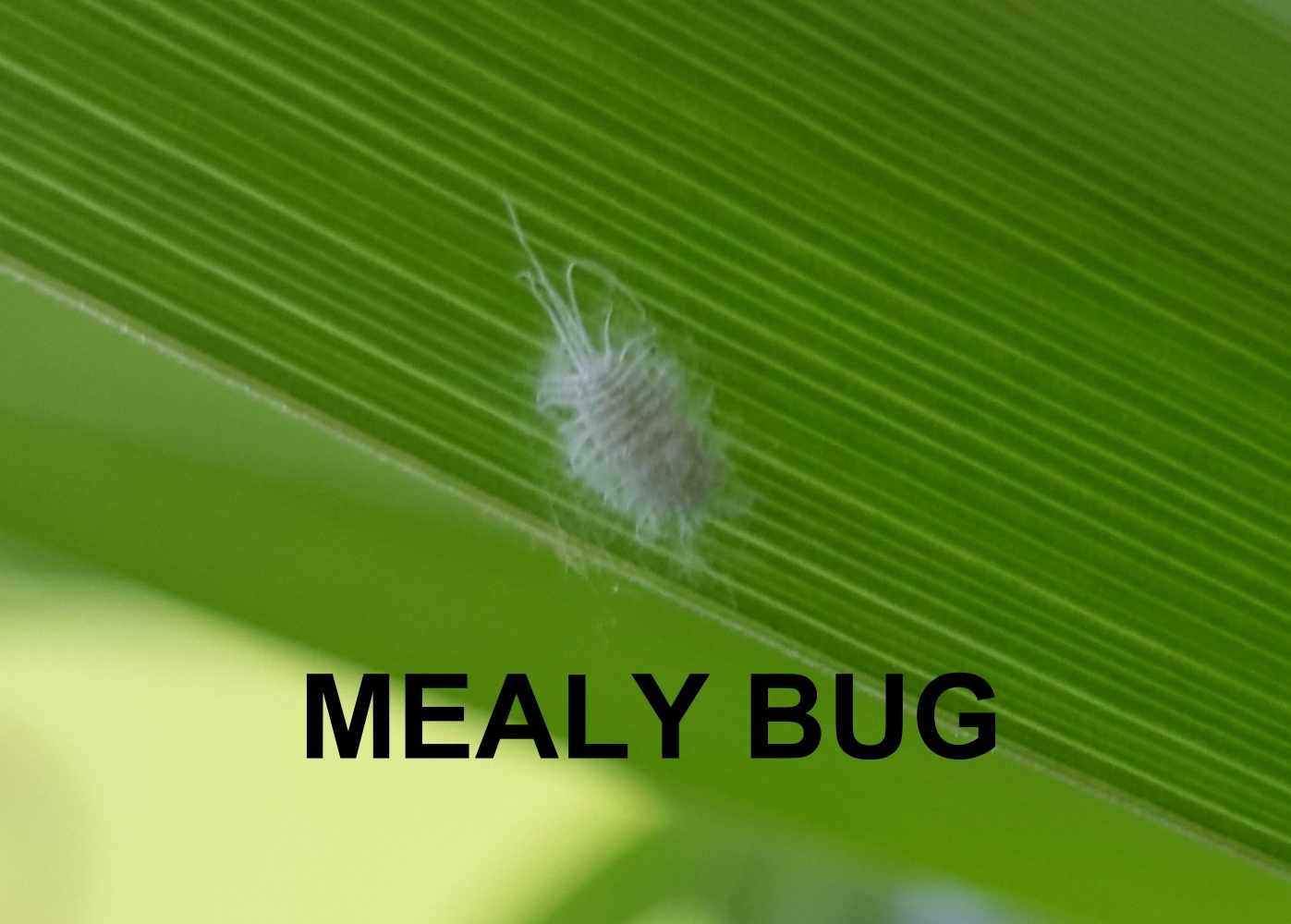
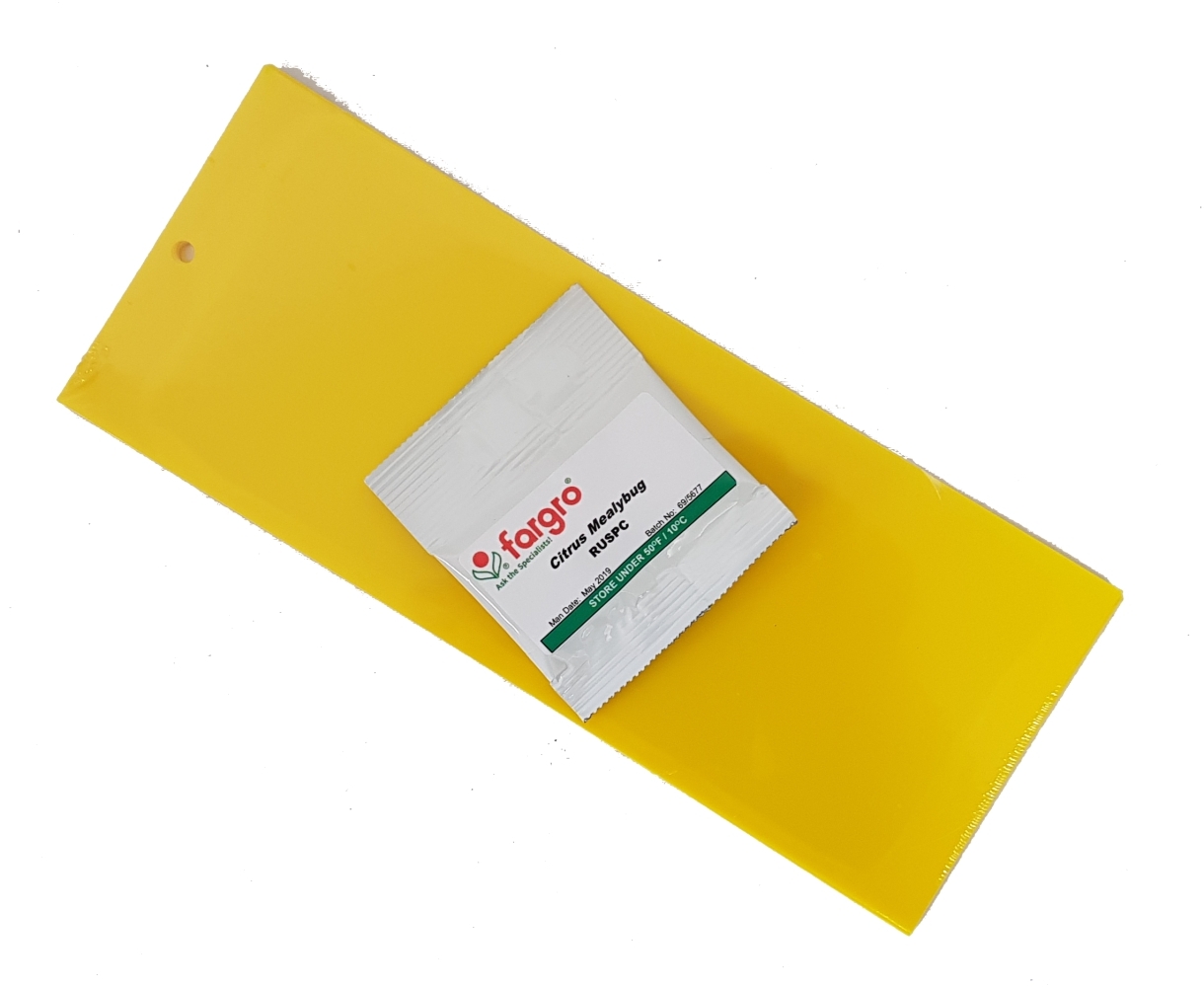

Margaret Richardson (verified owner) –
I have ordered a number of items from Green Gardener over the last few years – nematodes; insects; other pest deterrents etc. Always received promptly, and in good conditions. Managed to control rampant mealy bug that had plagued my apple tree for several years.
Amanda Burgess (verified owner) –
Easy to use